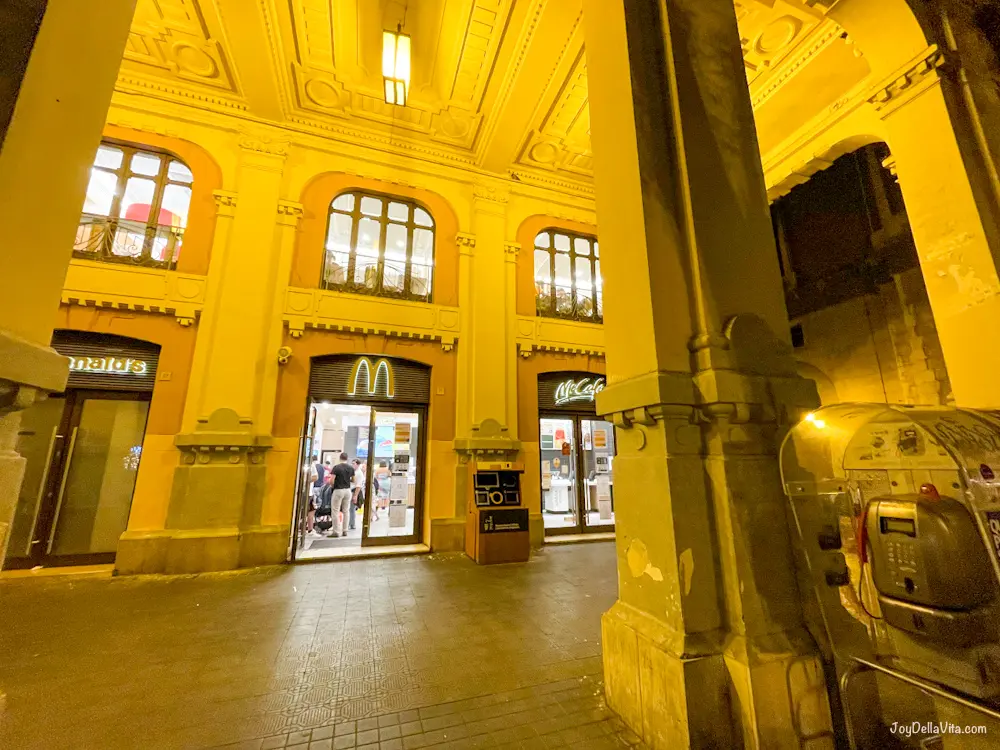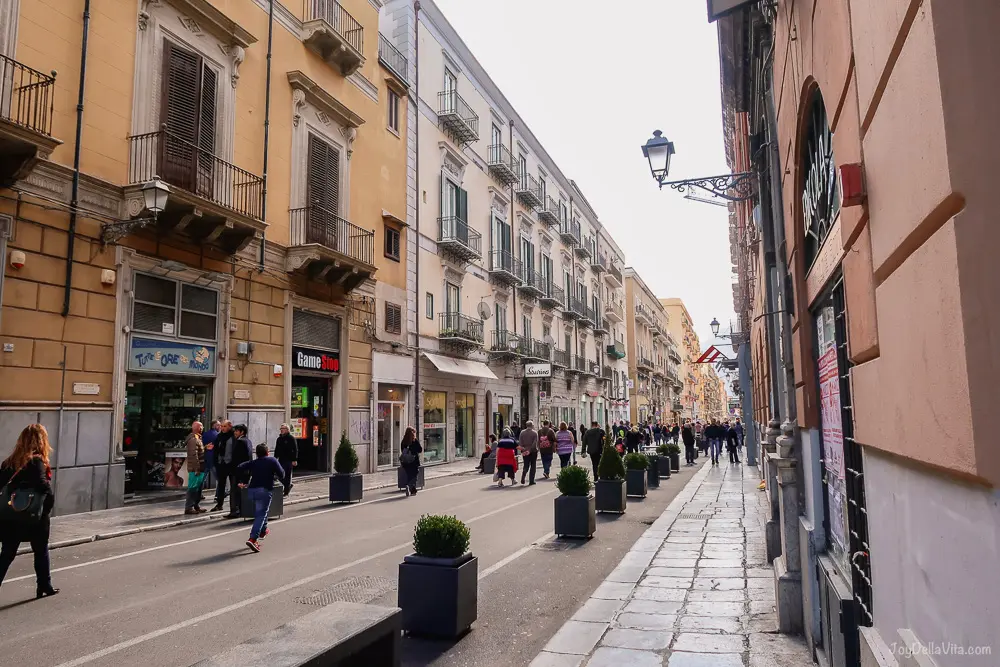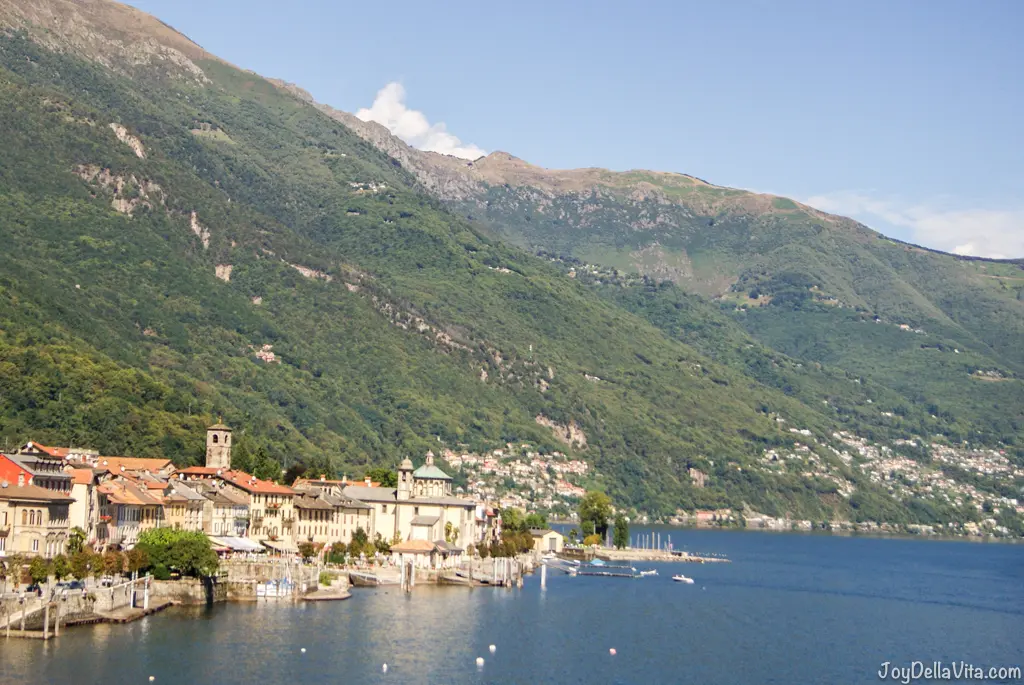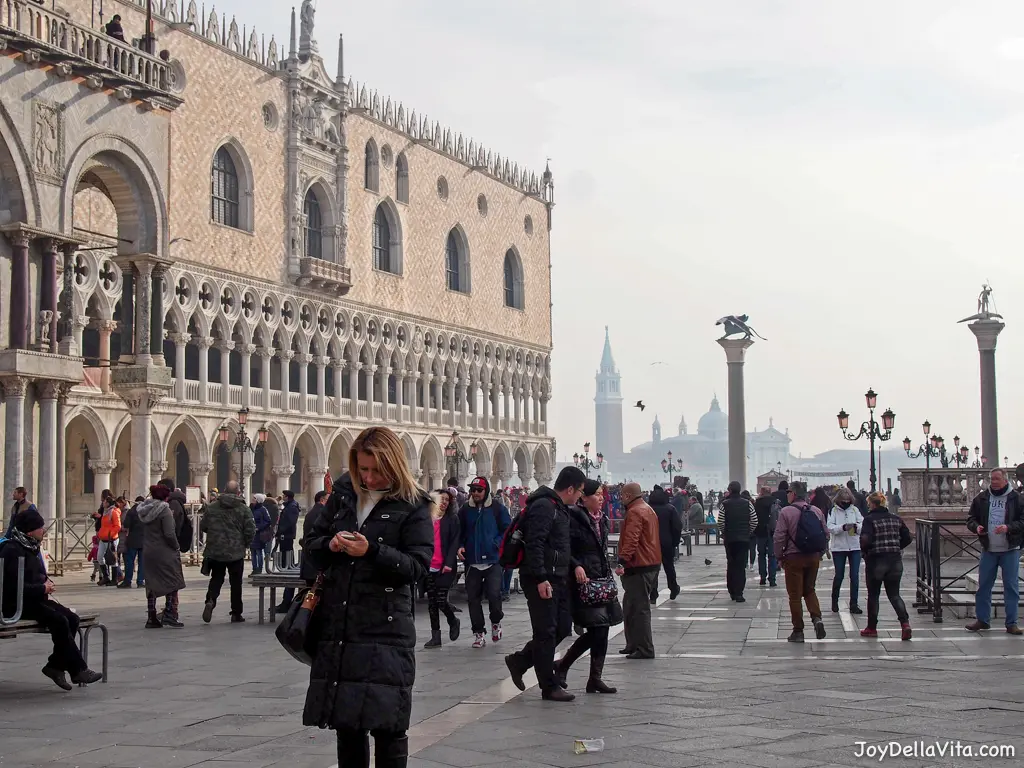Why it is important to calculate your water footprint you might ask? Water is a vital resource, for all living bodies, but also of course crucial for agriculture and in general maintaining a healthy ecosystem. This includes social, economic and environmental factors. There is barely anything more important than water. With the changing climate, water resources shift. In some areas, water is more present (with floods) whilst it is getting more sparse in other places (droughts). It’s jinxed, why can’t water be equally available everywhere? Because then we’d have no need to know about and calculate our water footprint. But, that’s the current reality and soon reality becoming more and more present for many.
Why you should know about your water footprint
Have you ever thought about how much water is used until your food arrived on your plate? The knowledge about water usage and water “loss” is just one aspect of the Sustainable Development Goals by the United Nations, check them out here if you are interested (you should): sdgs.un.org/goals.
How to calculate your water footprint
To calculate your personal water footprint or the water footprint of foods, I found this website to be most helpful: waterfootprint.org/en/water-footprint/They offer both the possibility to calculate your water footprint per person per country, as well as information on water footprints of foods in a nice gallery. Plus, lots of bonus information and more insights into current research.
How you can save water, not only to optimise your water footprint
So you did calculate your water footprint, but are interested in how to improve it? Saving water is important, this should be more clear by now. Hence, it is important to save water. But, wow you can save water? It’s not only about optimising your water footprint, it is about the bigger picture. General societal education is needed as water saving is a topic everyone is affected by and hence should be included in. Nevertheless, as a human you should still remember to drink enough water, especially in summer, to keep us running at optimal conditions.
When it comes to “saving water” and reducing water usage, there are a few categories we can all aim to save water. Those are:
-
- food
- indoor/outdoor water usage
- electricity
- consumption (what we buy and consume)
For deeper dives into how you can save in each category, head over to watercalculator.org/how-to-save-water/ on how certain improvements to your usual lifestyle can have a positive impact on your water footprint. Keep in mind, that you can’t only blame the companies for producing something with high water usage if you still buy it. They need to find ways to reduce it, and you as a customer need to look for alternatives. Hence, a lot of responsibility is in your hands. A lot is undoubtedly in the hands of big corporations and governments, but every person counts in this game of achieving low water footprints. It’s literally about the continuation of the human race, and many other races and the diversity of plants and animals.
Why your water footprint matters when travelling
The water footprint doesn’t only matter for yourself or the country you reside in. Especially when travelling, it also matters. You may be lucky to live in a country which enables you to have a low water footprint for your daily lifestyle. But maybe you travel to a country with a high footprint. Or, a much much higher footprint. Out of respect, you should especially consider your water usage when staying in this more un-sustainable country. That’s why its so important for you to calculate your water footprint, to know the measures to be able to compare. If you’re in a fog, you don’t know the directions, but once the fog fades you know in what direction to go, in the good one…
For example, let’s calculate the water footprint of a female vegetarian from the US. According to the website mentioned above the water, the footprint is 578.5 m³ per year. In comparison, it would be at 1112.4 m³ per year in Mexico, 1124.8 m³ per year in Albania or 874.2 m³ in Jamaica, but 527 m³ per year in Switzerland, 647.5 m³ in Sweden, 532.7 m³ in South Africa and 837.6 m³ per year in Saudi Arabia. Yes, it definitely matters where you are. Keep this in the back of your head when travelling to a foreign destination, to weighting in your activities and consumption there. Enjoying a bath in Switzerland is definitely not as “dramatic”, as it is compared to if you would do so in Mexico or Albania to just name two countries.
Did you calculate your water footprint? I’m curious about your results, feel free to comment on them below!!












Leave a Reply